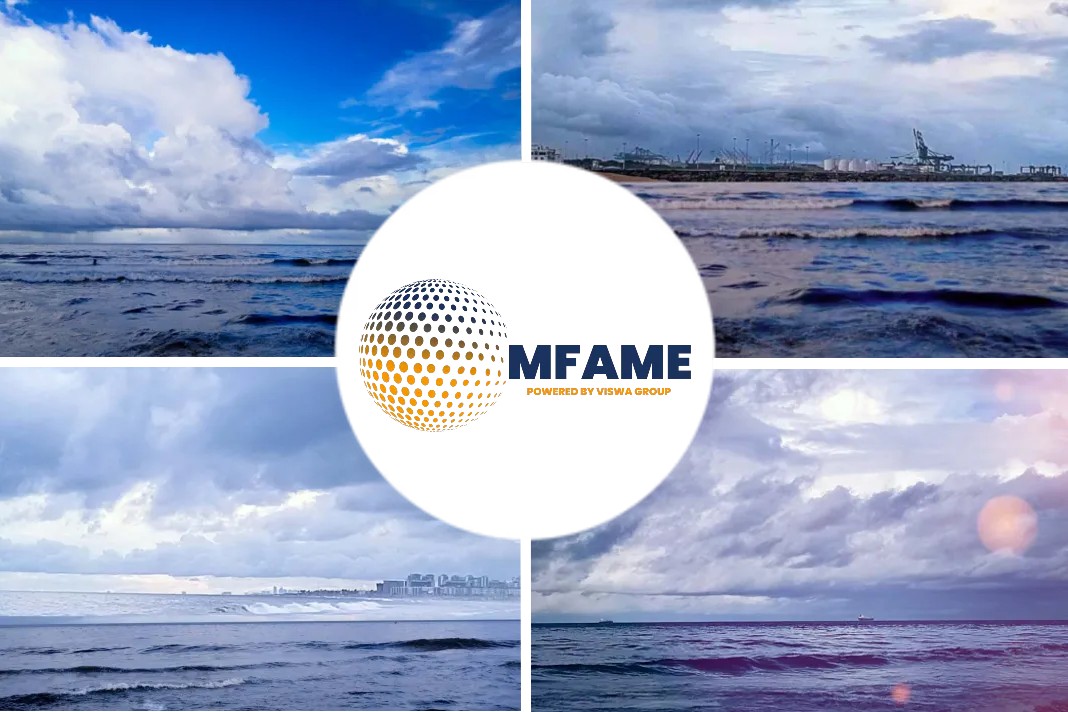Drewry has announced that Ports will have to deal with more cascading loops with implications including a need for more berth space.
Vessel Cascading Scenario
Speaking during Drewry’s container ports briefing ‘What container vessel cascading is heading for ports?’, Neil Davidson said, “Ports will have to deal with significantly more weekly loops of the largest vessels, with North West Europe and Greater China and South East Asia seeing the biggest increases”.
However, while most ports won’t see a change in maximum ship size in the next three to five years, North America and the Mediterranean will see an increase
Container throughput
Global container throughout is still growing but slowly and growth has been softening since the first quarter of 2018.
South East Asia saw the biggest increase in global container port throughput at 10%, while North America was up 5.1%, Southern Europe was up 3.5% and Greater China was up 3.1%.
In Drewry’s port connectivity index, the top four ports of Shanghai, Ningbo, Singapore, and Busan remain the same, while Mr. Davidson noted that port clusters are being noted by cargo owners.
Felixstowe saw the largest decrease in mainline service connections when comparing Q3 2018 to Q2 2018.
New projects
In looking at new projects, Drewry picked out the Genoa terminal backed by MSC, the Wilmington Delaware terminal backed by Gulftainer and the Dili terminal backed by Bolloré Ports.
In summary, Mr. Davidson said, “While ports will have to cope with more cascading loops and port company valuations have become cheap as investor sentiment wanes, the largest vessel size is unlikely to increase for most ports in the next few years and global container port throughput is still healthy”.
Did you subscribe for our daily newsletter?
It’s Free! Click here to Subscribe!
Source: Port Strategy






















